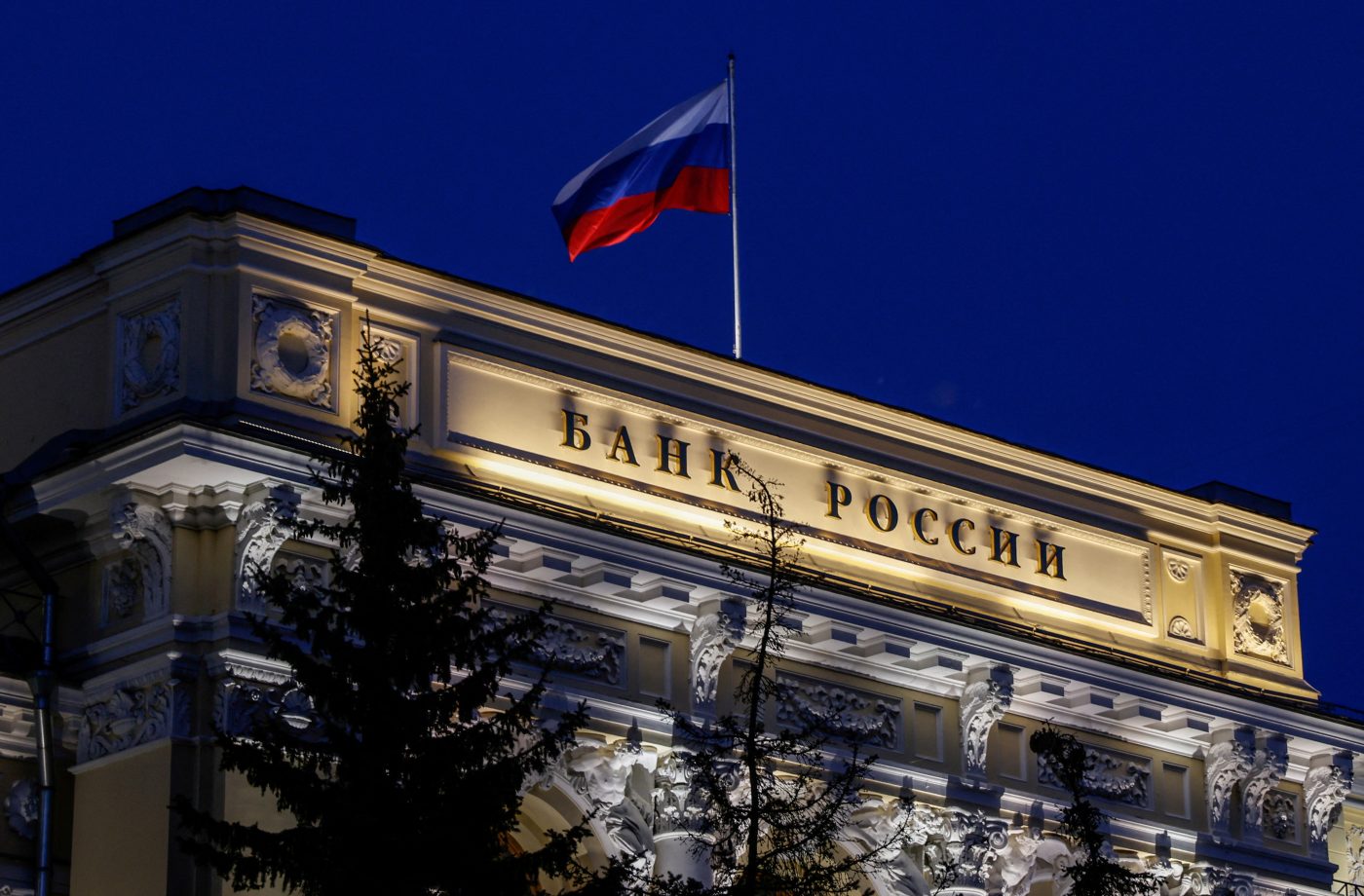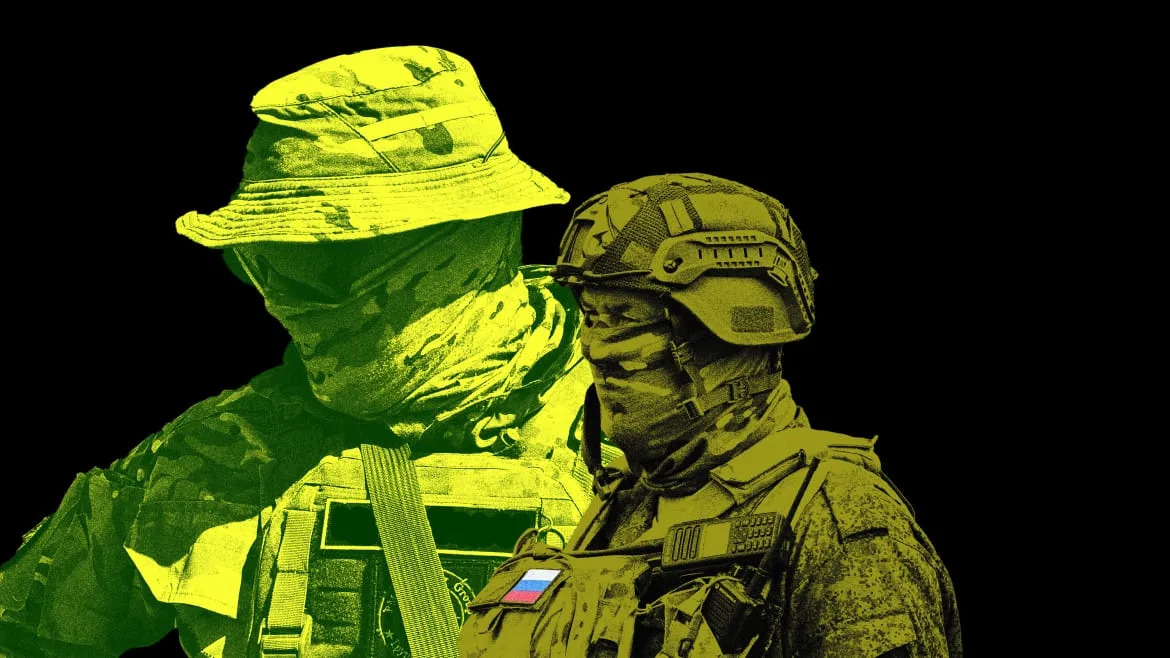Inside the Lavish Lifestyles of Putin's Inner Circle
- Sergei Chemezov, a close ally of President Vladimir Putin and head of the sanctioned Russian state defense conglomerate Rostec, and other Rostec subsidiary heads, spend time at luxury villas in the XXII Carat complex in Dubai.
- While not always formal owners, these individuals use elaborate, multimillion-dollar villas, with some properties formally owned by associated firms or relatives, suggesting efforts to obscure ownership.
- The article details the opulent lifestyle of these individuals, including private beachfronts, million-dollar bathtubs, and gatherings with Russian pop stars, highlighting how Dubai serves as a haven for wealthy Russians, including those under sanctions.
Private beachfronts, million-dollar bathtubs, evenings of wine, whiskey, cigars, and karaoke – or performances by Russian pop stars whose fame stretches back to the 1990s.
Those are some of the trappings of an “ultraluxe” villa complex in Dubai where Sergei Chemezov – the Western-sanctioned head of the massive Russian state defense conglomerate Rostec and a close ally of President Vladimir Putin since they were KGB officers in communist East Germany – spends time with family, friends, and associates.
While they are not the formal owners of the mansions, Chemezov and at least two heads of Rostec subsidiaries are neighbors at XXII Carat, a gated complex of elaborate, multimillion-dollar villas on the Palm Jumeirah, an artificial island on the Persian Gulf coast, Systema, RFE/RL’s Russian investigative unit, has found.
Chemezov, 72, became friends with Putin when they lived in the same apartment building in Dresden in the 1980s, when Chemezov was a KGB general and Putin a lieutenant colonel in the Soviet spy agency. In 1996, when Putin became President Boris Yeltsin’s deputy chief of staff, he made Chemezov head of the Kremlin’s foreign economic relations department.
Rostec and its sprawling web of units and subsidiaries manufacture many of the weapons and components Russia uses in its war against Ukraine, now in its fourth year since Putin launched the full-scale invasion in February 2022.
Chemezov has supported the invasion and echoed Putin’s narratives in public comments, accusing the United States and its Western allies of provoking the war and saying they risked triggering a global war. The Rostec CEO since 2007, Chemezov was hit with US, UK, and EU sanctions following the Russian seizure of Ukraine’s Crimean Peninsula in 2014.
Sapphire, Emerald, Ruby
Since 2015, he has been visiting the United Arab Emirates at least once a year, according to leaked border crossing data. A source who is familiar with Chemezov’s inner circle said that the villa Chemezov uses was purchased a few years before the complex was finished late in 2018, and that Chemezov and his wife “put a lot into it, like a second home,” personally choosing the interior and closely monitoring the construction.
The villa they built is the costliest of the three styles at the complex, Sapphire, each of which has beach access and some of which are fitted with a $1 million bathtub made crystal or quartz – rose or green. In 2020, Sapphire villas cost $25.8 million, and the current asking price is about $31 million.
The other styles are Emerald and Ruby; all of them have at least seven bedrooms, a hammam bath, a climate-controlled wine cellar, a landscaped garden, and a swimming pool.
Hidden Ownership?
Formally, the two-story, 2,170 square meter home Chemezov uses is owned by a firm called Neve Limited, according to data published by C4ADS, a US-based nonprofit data-analysis and global-research organization. Systema was unable to track down information about Neve Limited, but the C4ADS data shows an e-mail address and phone number that leaked documents suggest are those of Natalya Agapova, a lawyer who has longstanding financial ties to Chemezov and his family.
Agapova declined to comment on property at XXII Carat, and Rostec did not respond to a request for comment.
One and two doors down from the Chemezov villa are slightly smaller homes used by the heads of two Rostec subsidiaries: Nikolai Kolesov, the director of Russian Helicopters; and Aleksandr Mikheyev, the director of Rosoboronexport, the main Russian arms sales company.
The villa Mikheyev uses is registered to his son, Aleksei, according to C4ADS data and Dubai land records. The formal owner of the one Kolesov uses is a local UAE company, Veles Electronics, which the late Putin foe and anti-corruption crusader Aleksei Navalny’s associates linked to the Russian Helicopters chief in a recent report.
Aleksei Mikheyev declined to comment. Rosoboronexport and Russian Helicopters did not respond to requests for comment.
Chemezov often spends time with Mikheyev and Kolesov when he stays in Dubai, sources with knowledge of the Rostec leadership told Systema, speaking on condition of anonymity because they were not authorized to discuss the matter publicly.
Their gatherings typically involve drinking alcohol, smoking cigars, and singing karaoke, sources said – though sometimes it was patriotic Russian pop stars such as Oleg Gazmanov and Grigory Leps, both under EU sanctions since 2022 over their support for the war, doing the crooning.
Russian Roots
The sources of wealth that enable state-owned company chiefs like Chemezov, Mikheyev, and Kolesov to afford such property are murky, though the latter also controls a lucrative network of private military industry companies.
A haven for rich Russians, particularly for those hit by sanctions over the war in Ukraine, Dubai is on the Persian Gulf -- but the roots of XXII Carat are deep in Russia. The developer was a company called Forum Group, based in Yekaterinburg and founded by Oleg Cherepanov, a prominent businessman who was known in the Ural Mountains city as Cherep – “the Skull.”
Cherepanov has lived in Dubai since 2014 and heads Forum Group Dubai. He has distanced himself from the Russian-based Forum Group, which is now 80 percent owned by Tamara Cherepanova, 77.
In Yekaterinburg, Forum Group built an ice arena for UGMK, a metals giant whose co-owner, US and UK-sanctioned billionaire Andrei Bokarev, is reportedly a friend of Chemezov’s and purportedly owns real estate at XXII Carat.
The C4ADS database indicates that two Ruby-class villas belonged to Diana Madzhitova, 29, who has flown to the U.A.E. with Bokarev more than 20 times in the last five years, according to leaked border crossing data. One of those houses was apparently later acquired by relatives of a more prominent billionaire: Alisher Usmanov.
Usmanov, a metals-to-media tycoon with a fortune of more than $16 billion, according to Forbes, is under US, UK, EU, and other sanctions.
Usmanov’s niece Gulnoz Kocharova and her husband are beneficiary owners of two Ruby-class villas at XXII Carat, including the one that had been registered to Madzhitova, according to Dubai land records.
"We categorically reject the implications and assumptions embedded in your questions. There is no cause or obligation to address them further," a lawyer for Usmanov, Joachim Steinhoefel, wrote in a response to a query from Systema.
Kocharova hung up on a journalist who called for comment, and she and her husband did not respond to queries sent by messaging app. Bokarev and Madzhitova did not respond to attempts to contact them.
By RFE/RL








